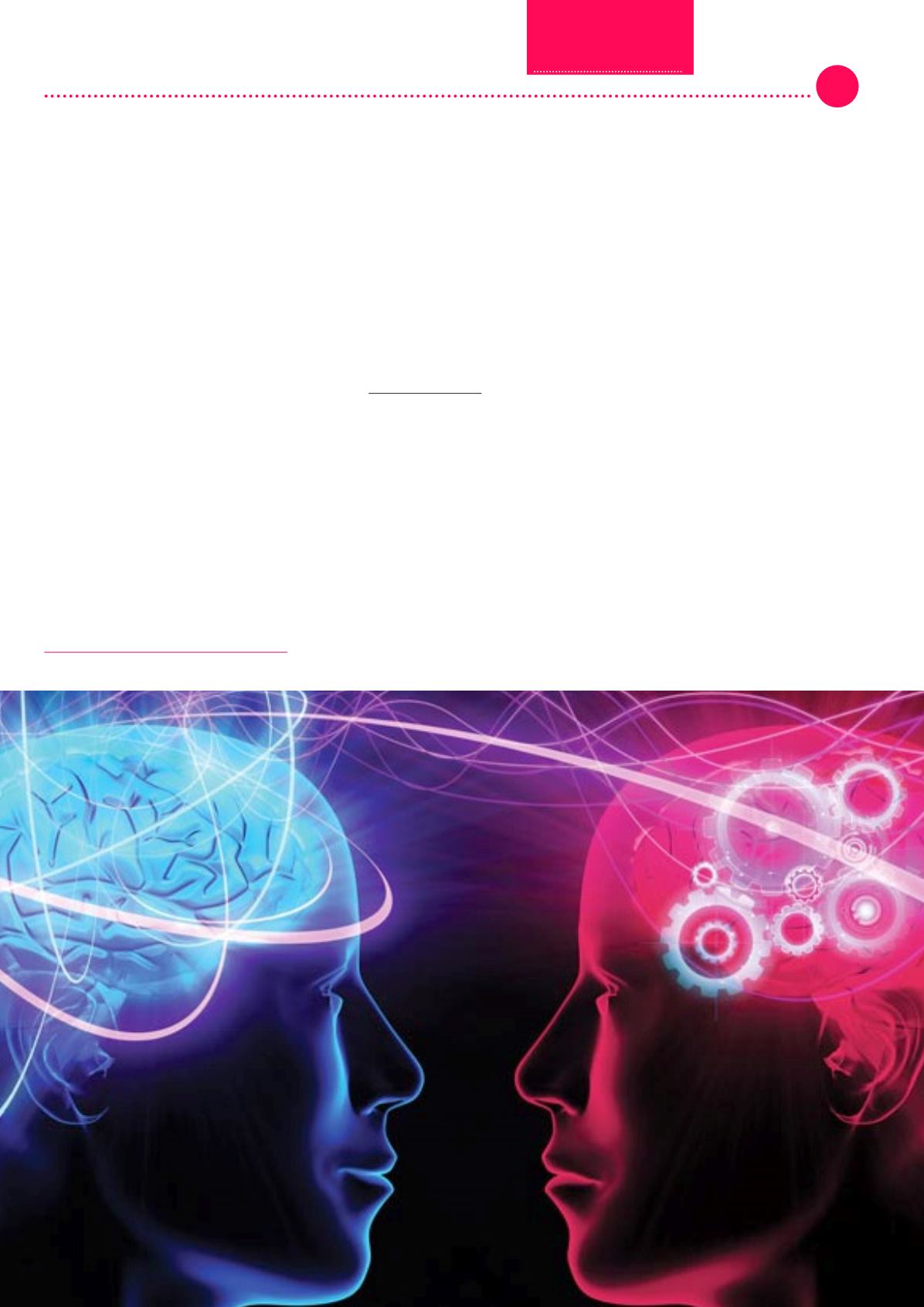

35
AIQS
News
73
Formació AIQS
Formación AIQS
AIQS Training
TWO STORIES, ONE IN OXFORD, ONE IN HARVARD
Nelson Mandela was a great man
who used to pay great attention to
words because he was aware of their
unbeatable power. I always recall his
quote “
If you talk to aman in a language
he understands, that goes to his head.
If you talk to him in his language, that
goes to his heart
”.
But why? Because you touch the
man’s emotion. And this is my point
in today’s article to join words-
language-emotion and learning.
“Move”
in
English
means
“movement”, but there is a
second level translation, which is
“emotional movement” (commoure
inCatalan). If we analyse the Catalan
word “e-moció” it also means
“movement” so you can easily see
that in the end it is all about moving
emotions when we communicate.
The previous paragraph is just a
good excuse to share with you my
findings after reading the last book
by neuroscientist Francisco Mora,
researcher at Oxford University,
called Neuroeducación
1
. In this book,
it is stated that the main element
for learning is emotion, this is why
for a period of time the educational
systems tried to attach experience
and game to learning. But I suppose
blending learning and game is
perfect for the little children and
young learners but what about the
older students? Still, the emphasis
for those latter is in emotion. Mora
says that people’s attention is drawn
by two ancestral stimuli, reward and
danger. This is nothing new but very
old instincts indeed, we are drawn to
a cake because we know it is going
to taste delicious even before the
experience. We draw back when
facing any danger we can recognise
to avoid suffering or pain.
I wouldn’t like to bore you with
the neurolinguistic concepts used
in the book such as cerebral or
prefrontal cortex where it seems all
the concentration of movement is
found. Instead, I’ll focus on emotion.
Emotion, Mr Mora says, is the
coded energy in the activity of
specific circuits of the brain, which
keeps us ALIVE, not only aware but
alive. Emotion lights curiosity and
attention and when we pay attention
1
Alianza Editorial


















